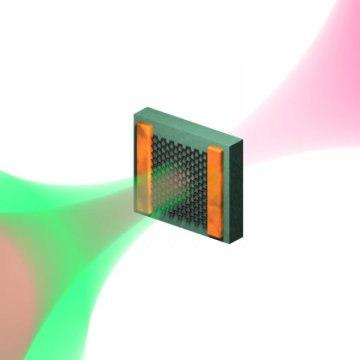A team of European scientists including ICFO in Spain, IIT in Italy, the University of Exeter, UK, and Johannes Gutenberg University in Germany have made progress in understanding the processes that take place inside graphene after it absorbs light. Their work gives an explanation of why, in some cases, graphene's conductivity increases after light absorption and in other cases, it decreases. The researchers show that this behavior correlates with the way in which energy from absorbed light flows to the graphene electrons: After light is absorbed by the graphene, the processes through which graphene electrons heat up happen extremely fast and with a very high efficiency.

For highly doped graphene (where many free electrons are present), ultrafast electron heating leads to carriers with elevated energy (hot carriers) which, in turn, leads to a decrease in conductivity. Interestingly, for weakly doped graphene (where fewer free electrons are present), electron heating leads to the creation of additional free electrons, and therefore an increase in conductivity. These additional carriers are the direct result of the gapless nature of graphene - in gapped materials, electron heating does not lead to additional free carriers.
The results of the paper, in particular, understanding electron heating processes accurately, may herald a great boost in the design and development of graphene-based light detection technology.

